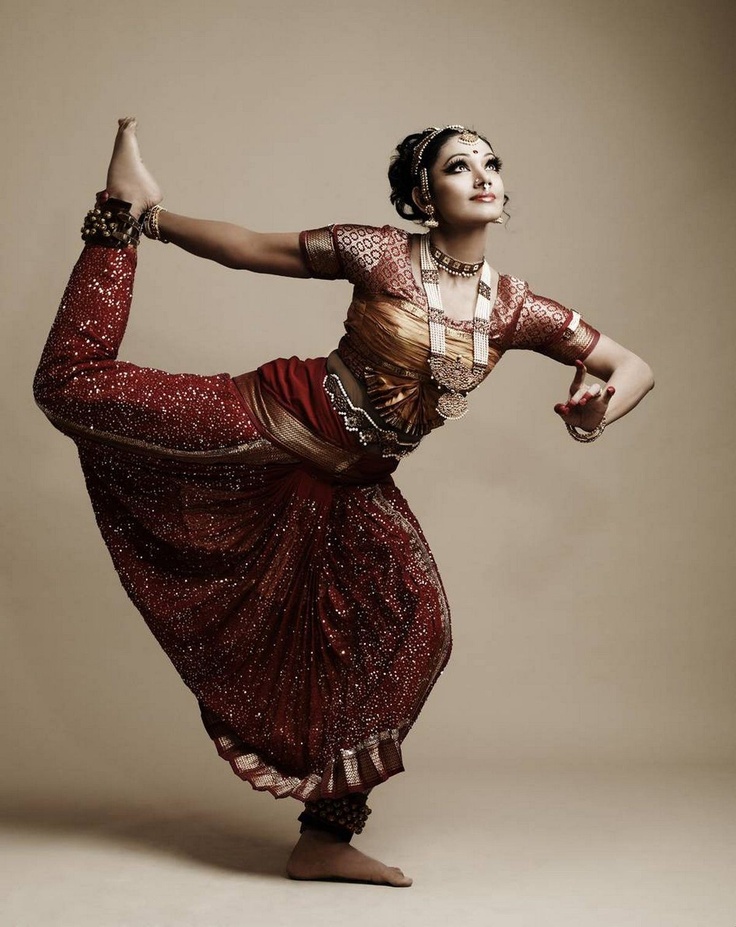Reflecting “Feminism or Death (1974)” a Half Century Later
We are pleased to showcase a series of six articles by the eminent Professor Dr. Yukio Kamino, a Resource Person at OISCA International. OISCA is a Japanese NGO that aims to foster quality Life on Earth. Professor Kamino has a diverse background in social sciences, humanities, and metaphysics, and has dedicated many years to resolving issues of sustainable development and environmental education. He has authored many publications and has contributed to global efforts to enhance ecological sustainability.
In this series, Professor Kamino has been examining the concept of ecofeminism and how it can help us build a more sustainable future by combining feminist values with ecological principles. We appreciate his valuable contribution of knowledge and experience to our readers, and we hope that these articles will inspire productive dialogues and encourage positive actions toward a more just and inclusive world. This is the fourth article in the six-part series by Dr. Yukio Kamino.
Updating Male Domination Over Female
Unfortunately, practically all points critiqued vocally by Feminism or Death in 1974 have persisted into the 2020s, or even escalated ‘from bad to worse.’ This section sketches out how the discriminatory treatment against females has persisted for the past half-century. As the source of information about the current world, this and the next sections exclusively employ the articles of ‘UN News” issued by the United Nations in 2022 (the latest year for writing this chapter). This selection of information sources is based on reasons including:
1) the UN publications are considered to be more or less ‘unbiased’ or ‘factual’ among attentive world citizens;
2) the UN publications generally embody assessments by academic experts who are considered to be authoritative yet expressed in language understandable to the non-experts;
3) being all ‘UN News,’ they are consistent in style and therefore less confusing to the readers.
For clarity to readers, the title of respective articles is printed in bold, and section headings and passages from the text (including lead sentences) are italicized. (Passages originally printed in bold are kept in that way.)

First, how has the females’ social status evolved in the past half-century? As one source of information, this chapter employs an article titled “More women work in health and care but they earn 24 percent less than men: UN report” (July 13, 2022). Citing the update report issued by the International Labour Organization (ILO) and the World Health Organization (WHO), its lead sentence informs: “Women working in the health and care sector earn nearly 25 percent less than their male counterparts.” Why does such a substantial gender gap in payment exist? A section headlined “Discrimination a factor” states “the agencies said it is perhaps due to discrimination towards women,” and quotes from WHO’s officer: “Women comprise the majority of workers in the health and care sector, yet in far too many countries systemic biases are resulting in pernicious pay penalties against them” (Jim Campbell, Director of Health Workforce; bold original). Moreover, the article reports women “account for nearly 70 percent of health and care workers worldwide,” and perhaps for that reason “wages in the health and care tend to be lower overall when compared with other sectors.” Furthermore, in general, “wages often are lower in areas where women are predominant” (bold original).

How about gender equity in other areas of social life? One article titled “Women and girls must lead the battle against ‘widespread and interlinked crises’” (March 14, 2022) reports a broad range of challenges that face females in daily life. The article quotes from UN Secretary-General António Guterres who stated: “Everywhere, women and girls face the greatest threats and the deepest harm”; “When climate disasters strike, as they do with increasing frequency, research shows that women and children are up to 14 times more likely than men to die”; “a millennium of patriarchy that excludes women and prevents their voices from being heard”; “We cannot separate the perilous state of peace in our world from long-standing structures of patriarchy and exclusion.” In short, the most authoritative person in human society (UN Secretary-General) articulates that we still live in “long-standing structures of patriarchy and exclusion.”
Another article, which partly overlaps the above, includes more concrete information. It is titled “Put women’s rights ‘front and centre’ of climate policies: Bachelet” (June 27, 2022) and issued three months later. The lead sentence states: “Although climate change threatens everyone, women and girls often suffer its harshest and most violent consequences, UN human rights chief Michelle Bachelet said on Monday.” What does it mean?

The UN chief in human rights explained: “While I welcome the international attention on climate change’s impact on women and girls over the last decade, we must urgently also focus on the grave issue of violence against them which has been exacerbated by the climate crisis,”; “unless we move from rhetoric to concrete action – immediately – the lives, safety, and dignity of millions of women and girls will continue to hang in the balance” (bold original). In the section headlined ‘Tragic reality,’ she is quoted to have stated: “While they sleep, wash, bathe or dress in emergency shelters, tents or camps, the risk of sexual violence is a tragic reality of their lives as migrants or refugees. Compounding this is the increased danger of human trafficking, and child, early and forced marriage, which women and girls on the move endure.”
The article’s other section headlined “Environmental activists ‘silenced’” reads: “thousands of women around the globe are also speaking out to fight climate change. These environmental rights defenders, who are working to protect lands, water, nature, and communities, do so at great personal risk” (bold original). What does it mean? According to the UN chief: “‘They are criminalized and silenced. They are threatened and stigmatized. They are at additional risk of gender-based violence. And many are even killed, ’said Ms. Bachelet” (bold original). Unfortunately, the article does not explain why those females, who are dedicated to protecting the common good, are “criminalized and silenced,” “threatened and stigmatized,” and “even killed.” The only hint found in the text is the expression “gender-based violence” that seems to indicate that these unjust violent actions are done by males who are representing Patriarchy inherited from the past.
The patriarchal oppression of females is not confined to the communities suffering from disasters but is seen in relatively stable social settings as well. The UN News article titled “Experts decry measures to ‘steadily erase’ Afghan women and girls from public life” (January 17, 2022) reports the sexism in Afghanistan. Its lead sentence states:

“Taliban leaders in Afghanistan are institutionalizing large scale and systematic gender-based discrimination and violence against women and girls, independent UN human rights experts warned on Monday.” The text reports: “most girls’ secondary schools remain closed. The vast majority of girls who should be attending grades 7-12 are being denied access to school, based solely on their gender”; “various service providers supporting survivors of gender-based violence have shut down for fear of retribution”; “The experts have particular concerns for women human rights defenders, civil society activists and leaders, judges and prosecutors, security forces, former government employees, and journalists. According to them, all these women are being exposed to harassment, threats of violence, and actual bodily harm, and their civic space has been severely eroded. Many have been forced to leave the country as a result”; “‘Taken together, these policies constitute a collective punishment of women and girls, grounded on gender-based bias and harmful practices,’ the experts said” (bold original).
These UN News articles collectively illustrate the picture of the world that has not progressed at all since d’Eaubonne called for the abolishment of patriarchy in 1974. If anything, such reports seem to indicate the regression to the pre- d’Eaubonne ages. They are quite reminiscent of the proverbs of common males when they were proudly talking about the merits of ‘beating’ females in public. Next, we sketch out how “Male Destruction of the Earth System” has evolved since d’Eaubonne pointed out this frightful phenomenon in 1974. Have the males of the 2020s become more supportive of ecological health than their predecessors in the 1970s?

Dr. Kamino is a graduate of Keio University and studied social sciences, humanities, and metaphysics in the USA. He focuses on sustainable development and environmental education and has authored books on ecological sustainability. He worked as a Senior Researcher and Coordinator at OISCA International until 2019. He is now engaged with them as a Resource Person.








